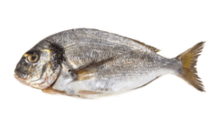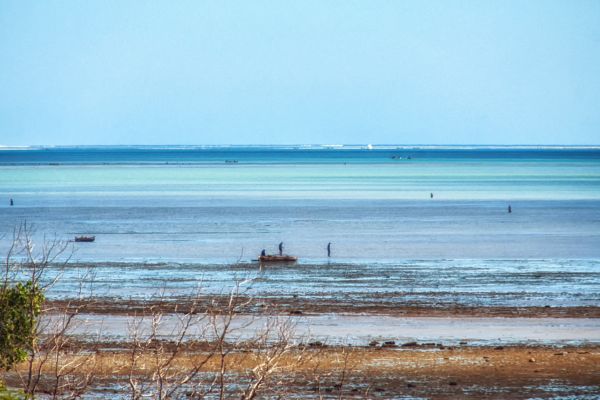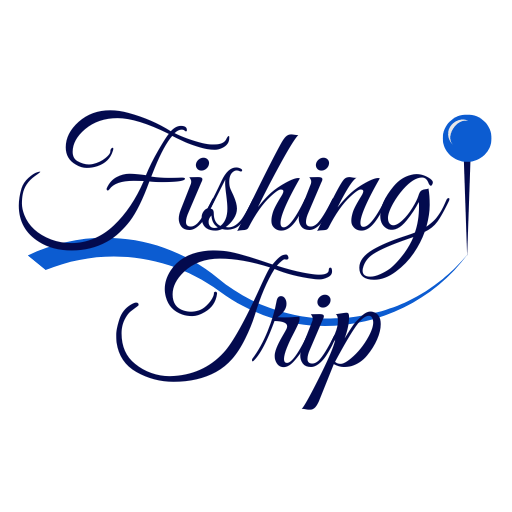Seabream (Sparus aurata)
Habitat and Distribution:
Seabream, belonging to the Sparidae family, are commonly found in tropical and subtropical waters around the globe. These fish inhabit a variety of marine environments, ranging from the warm coastal waters of the Mediterranean Sea to the cooler regions of the Atlantic Ocean, extending from the Moroccan coast to the Irish coast. Seabream can also be found in brackish and freshwater environments, with some species inhabiting the estuarine and coastal zones.
Species Overview:
The Seabream family comprises 36 genera and over 120 species, with significant populations around South Africa and 24 species residing in the Mediterranean Sea. Notable species outside the Mediterranean include the Red Seabream, Common Seabream, and Black Seabream. These species prefer different habitats, from soft, muddy bottoms to sandy, rocky substrates and coral reefs.
Behavior and Feeding:
Seabream are known for their schooling behavior and bottom-dwelling habits. They are often seen foraging for food in shallow coastal waters, although they can be found at depths of up to 500 meters. As they grow larger, they tend to move to deeper waters. Their diet primarily consists of worms, snails, small crabs, and lobsters, as well as larger plankton. Young or dead fish are also part of their diet.
Reproduction:
A unique trait of Seabream is their hermaphroditic nature. They can change sex during their lifetime, typically starting as females and later becoming males. However, they are not simultaneously hermaphroditic.
Fishing for Seabream:
Seabream are highly valued both commercially and recreationally. They are known for their delicious taste and are often targeted by anglers. When fishing for Seabream, it’s important to handle them carefully as their fins can contain sharp spines.
Popular Species:
Gilthead Seabream (Sparus aurata):
Red Seabream (Pagellus bogaraveo):
Common Seabream (Pagellus erythrinus):
Black Seabream (Spondyliosoma cantharus):
Fishing Tips:
Seabream are more likely to bite in calm, warm weather. Ideal conditions include warm, humid summer days, particularly when high tide coincides with sunrise or sunset. They are less active during low tide and harsh weather conditions.
Location:
Chumming:
Gear and Setup:
Bait:
Location:
Chumming:
Gear and Setup:
Bait:
Source: Guinness Book of World Records
The best bait for catching seabream:
If fishing from a boat or pier, use a landing net to scoop the Seabream out of the water. Ensure the net is large enough to handle the size of the fish.





